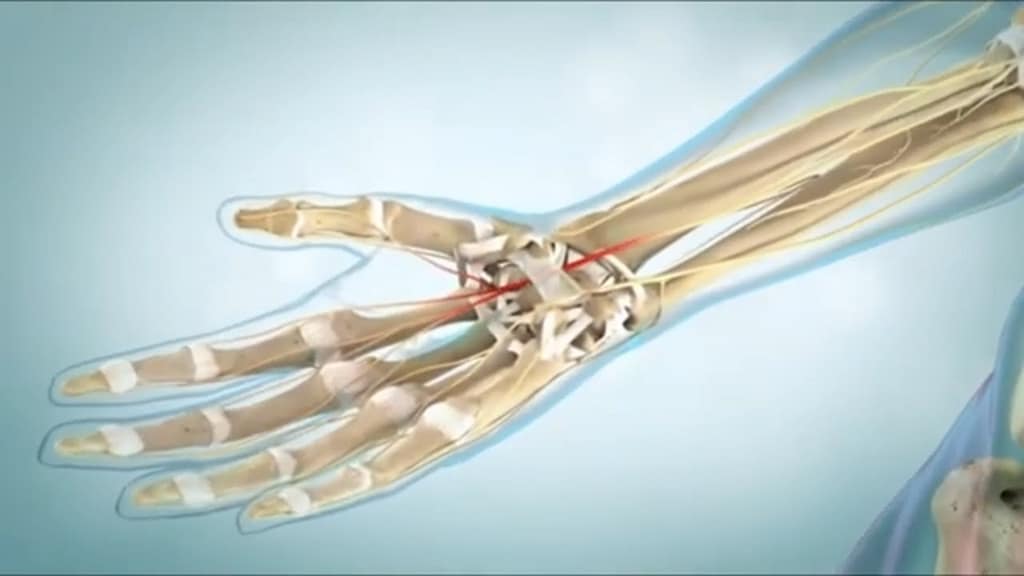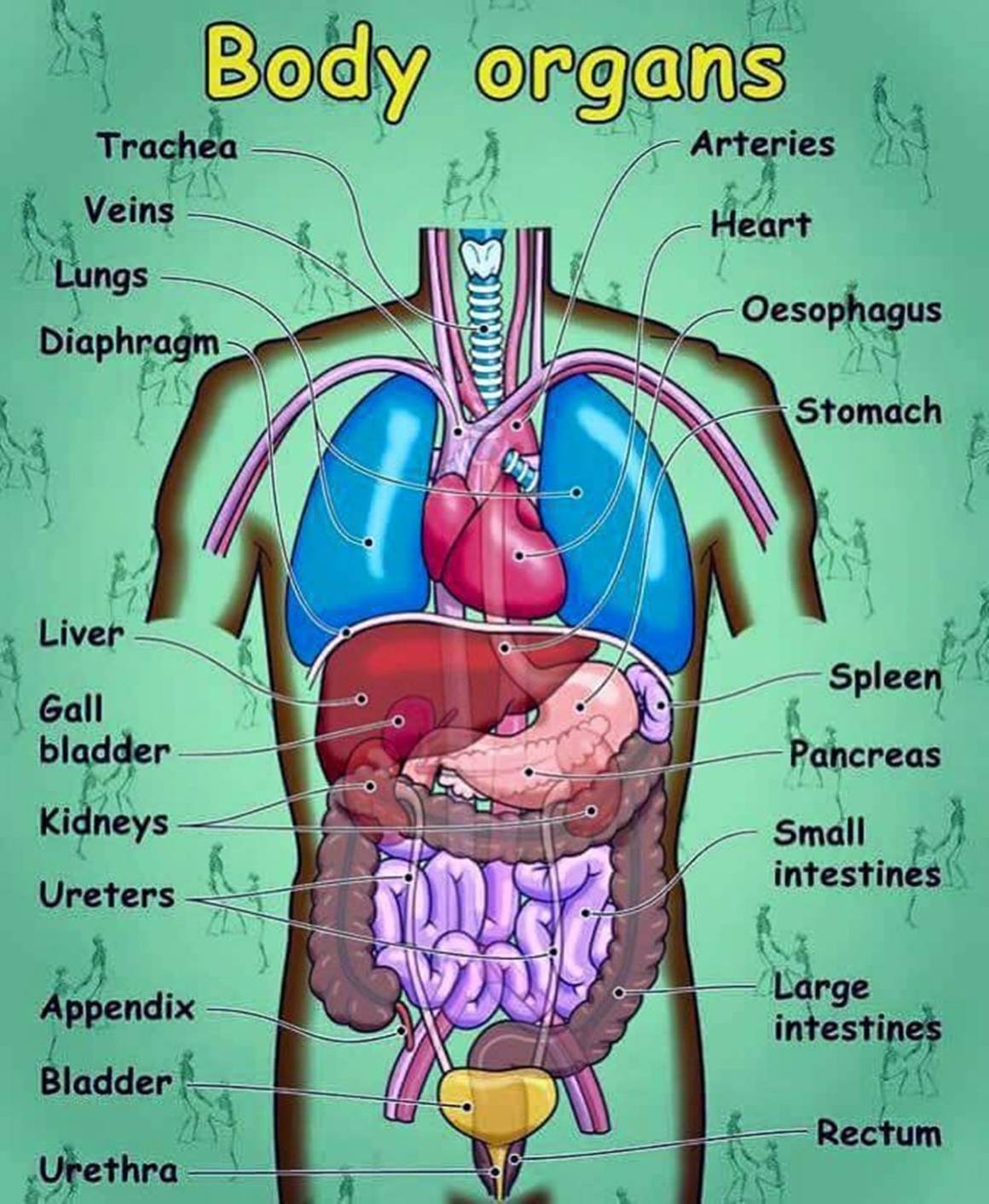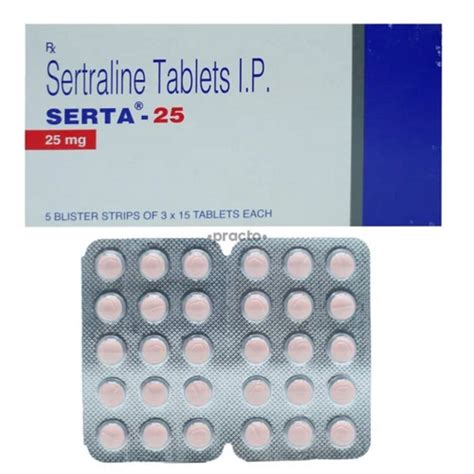The numbness and tingling in your hand, the weakness in your grip, and the pain that shoots through your wrist – all too familiar symptoms for those suffering from carpal tunnel syndrome. While conservative treatments like physical therapy, medications, and lifestyle changes can provide relief, surgery is often the most effective solution for long-term relief. In this comprehensive guide, we’ll delve into the world of carpal tunnel surgery, exploring the different options, their benefits, and what you can expect from the procedure.
Understanding Carpal Tunnel Syndrome
Before we dive into the surgical options, it’s essential to understand the underlying condition. Carpal tunnel syndrome occurs when the median nerve, which runs from the forearm into the palm of the hand, becomes compressed or pinched. This compression can be caused by a variety of factors, including repetitive motion, fluid retention, or anatomy. As the nerve becomes compressed, it can lead to numbness, tingling, and pain in the hand, particularly in the thumb, index, and middle fingers.
Surgical Options for Carpal Tunnel Relief
There are several surgical options available to treat carpal tunnel syndrome, each with its own set of benefits and potential drawbacks. The primary goal of surgery is to relieve pressure on the median nerve, allowing it to heal and function properly.
Open Release Surgery
Open release surgery, also known as open carpal tunnel release, is the most common surgical procedure for carpal tunnel syndrome. This traditional method involves making an incision in the wrist, approximately 1-2 inches long, to access the carpal tunnel. The surgeon then carefully cuts the ligament (transverse carpal ligament) that forms the roof of the tunnel, relieving pressure on the median nerve.
Benefits of Open Release Surgery:
- High success rate, with over 90% of patients experiencing significant relief from symptoms
- Can be performed under local or general anesthesia
- Allows for direct visualization of the median nerve and surrounding tissues
Potential Drawbacks:
- May require a longer recovery period, typically 4-6 weeks
- Can result in scar tissue formation, which may lead to complications
Endoscopic Release Surgery
Endoscopic release surgery, also known as endoscopic carpal tunnel release, is a minimally invasive procedure that uses a small camera and specialized instruments to visualize and cut the ligament. This approach typically requires two small incisions, each about 1⁄4 inch long, in the wrist and palm.
Benefits of Endoscopic Release Surgery:
- Smaller incisions, resulting in less tissue damage and scarring
- Faster recovery time, often ranging from 1-3 weeks
- Reduced risk of complications, such as infection and nerve damage
Potential Drawbacks:
- May require specialized training and equipment
- Limited visibility, potentially leading to incomplete release of the ligament
Mini-Open Release Surgery
Mini-open release surgery is a hybrid approach that combines elements of both open and endoscopic release surgeries. This method involves making a smaller incision, approximately 1 inch long, to access the carpal tunnel. The surgeon then uses specialized instruments to cut the ligament, while also allowing for direct visualization of the median nerve.
Benefits of Mini-Open Release Surgery:
- Balances the benefits of open and endoscopic release surgeries
- Allows for direct visualization of the median nerve while minimizing tissue damage
- Can be performed under local or general anesthesia
Potential Drawbacks:
- May require specialized training and equipment
- Can result in scar tissue formation, which may lead to complications
Post-Operative Care and Recovery
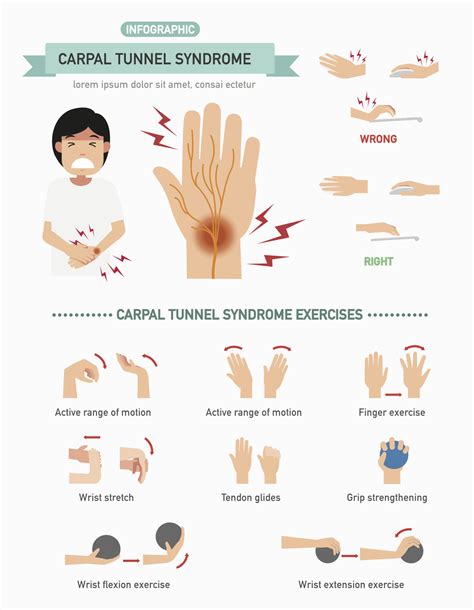
Regardless of the surgical option chosen, post-operative care and recovery are crucial for optimal results. Your surgeon will provide personalized instructions on wound care, pain management, and physical therapy to ensure a smooth and successful recovery.
Pain Management
Pain management is a critical aspect of post-operative care. Your surgeon may prescribe pain medication, such as acetaminophen or ibuprofen, to help manage discomfort and inflammation. It’s essential to follow the prescribed medication regimen and attend follow-up appointments to monitor progress.
Physical Therapy
Physical therapy plays a vital role in the recovery process, helping to restore strength, flexibility, and range of motion in the hand and wrist. A physical therapist will work with you to develop a customized exercise program, which may include stretching, strengthening, and dexterity exercises.
Wound Care
Proper wound care is essential to prevent infection and promote healing. Your surgeon will provide instructions on how to clean and dress the wound, as well as how to manage any potential complications.
Conclusion
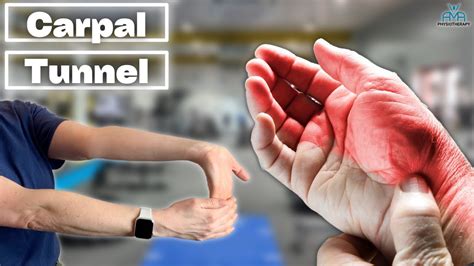
Carpal tunnel surgery can be an effective solution for those suffering from persistent symptoms. By understanding the different surgical options available, including open release, endoscopic release, and mini-open release, you can make an informed decision about your treatment. Remember to discuss your individual needs and concerns with your surgeon to determine the best course of action for your specific condition.
FAQs
What are the risks and complications associated with carpal tunnel surgery?
+While carpal tunnel surgery is generally a safe procedure, there are potential risks and complications to consider. These may include infection, nerve damage, scar tissue formation, and recurrent symptoms. It’s essential to discuss these risks with your surgeon to determine the best course of treatment for your specific condition.
How long does it take to recover from carpal tunnel surgery?
+Recovery time for carpal tunnel surgery can vary depending on the individual and the type of surgery performed. Generally, open release surgery requires a longer recovery period, typically 4-6 weeks, while endoscopic release surgery may require 1-3 weeks. Mini-open release surgery often falls somewhere in between. Your surgeon will provide personalized guidance on post-operative care and recovery.
Can carpal tunnel syndrome be treated without surgery?
+Yes, carpal tunnel syndrome can often be treated without surgery. Conservative treatments, such as physical therapy, medications, and lifestyle changes, can provide relief from symptoms. However, if symptoms persist or worsen, surgery may be necessary to provide long-term relief. Your surgeon will work with you to determine the best course of treatment for your specific condition.
